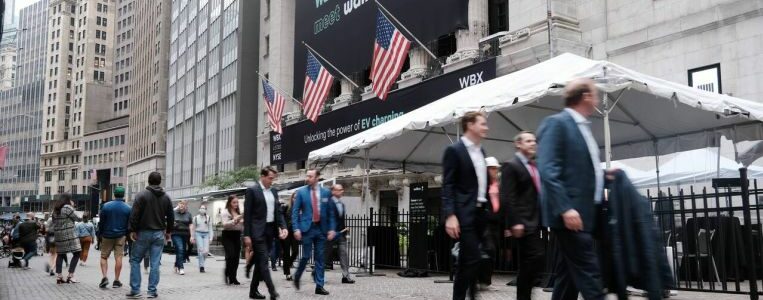
US job growth slows sharply in September; unemployment rate falls to 4.8 per cent
WASHINGTON (REUTERS) – US employment increased far less than expected in September amid a decline in government payrolls, but hiring could pick up in the months ahead as Covid-19 infections subside and people resume the search for work.
The Labor Department said in its closely watched employment report on Friday that nonfarm payrolls increased by 194,000 jobs last month. Data for August was revised to show 366,000 jobs created instead of the previously reported 235,000 positions.
Economists polled by Reuters had forecast payrolls increasing by 500,000 jobs. Estimates ranged from as high as 700,000 jobs to as low as 250,000.
The unemployment rate fell to 4.8 per cent from 5.2 per cent in August.
The modest gain in jobs could temper expectations for a swift acceleration in economic growth following an apparent sharp slowdown in the third quarter. The labour market and economy remain constrained by worker and raw material shortages caused by the pandemic.
Covid-19 infections are decreasing in the United States, with 100,815 new infections reported on average each day, according to a Reuters analysis of data from state and local governments, as well as health authorities.
September’s employment report is the only one available before the Federal Reserve’s Nov. 2-3 policy meeting.
The US central bank signaled last month that it could start tapering its monthly bond buying as soon as November.
Fed Chair Jerome Powell told reporters that “it would take a reasonably good employment report” to meet the central bank’s threshold for reducing its massive bond buying program.
The economy hit a speed bump in the third quarter in part because of the summer flare up in coronavirus cases, an ebb in the flow of pandemic relief money from the government and scarce raw materials, which have hammered motor vehicle sales.
The Atlanta Fed estimates that gross domestic product growth braked to a 1.3 per cent annualised rate in the July-September quarter.
The economy grew at a 6.7 per cent pace in the second quarter.
Schools have fully reopened for in-person learning, which is expected to enable more people, particularly women, to rejoin the labor force.
In the months ahead, there is cautious optimism that the labour squeeze could ease following the expiration of federal government-funded benefits in early September. The expanded benefits, which offered unemployment checks to people who did not qualify for the regular state jobless benefits, were blamed by businesses and Republicans for the worker shortage.
There were a record 10.9 million job openings as of the end of July. But many unemployed appeared to have stashed away some of the money from the government, and are therefore in no hurry to start looking for jobs.
The labor force participation rate, or the proportion of working-age Americans who have a job or are looking for one, barely budged even as about 25 states led by Republican governors terminated the expanded benefits in summer.
Some economists say a significant portion of people who dropped out of the labor force have retired, thanks to a strong stock market and record house price gains, which boosted household wealth. Self employment has also increased.
Join ST’s Telegram channel here and get the latest breaking news delivered to you.
Source: Read Full Article